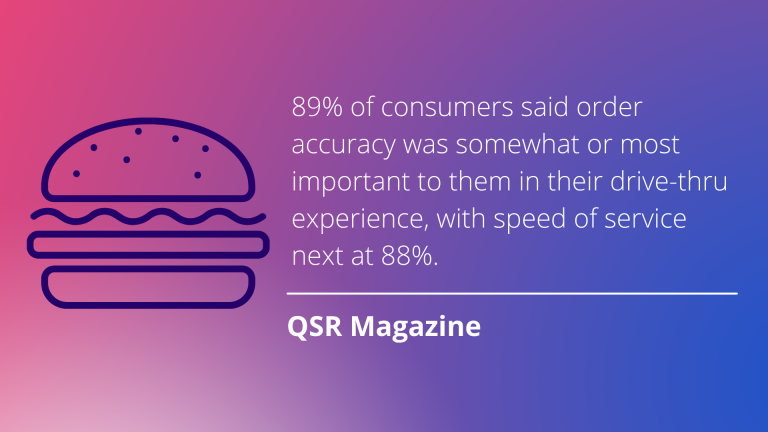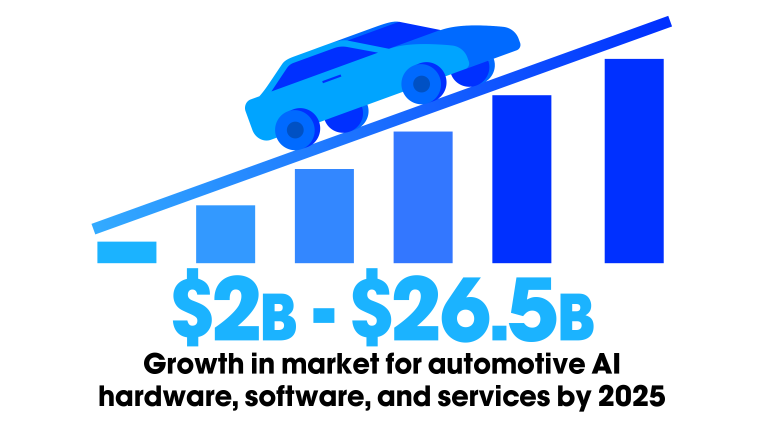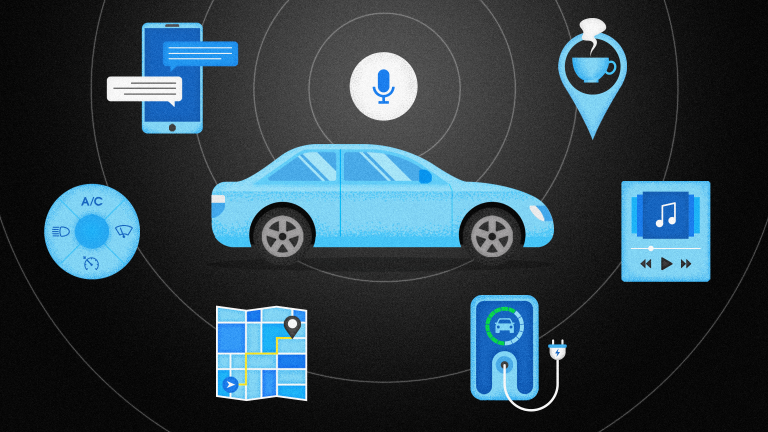For most consumers, their smart home centers around the smart speaker, the source of music, weather, timers, and the occasional trivia question. But, voice AI has the power to elevate the smart home beyond just a collection of individually operated smart devices.
By connecting smart home devices to the car or mobile device, users can access their smart home technology even when they’re away from home. Using only their voice and from anywhere, people can turn on the air conditioner, open the garage door, set the alarm, or preheat the oven, redefining luxury and convenience.
In addition to improving smart home efficiency by acting as a central hub to connect to multiple devices, controlling the lights, air, drapes, and more, smart TVs can extend the entertainment experience to include shopping and purchasing opportunities through interactive ads and proactive and responsive suggestions.
Vizio’s Voice Remote, powered by Houndify, makes it easier to search for entertainment beyond a specific show or movie by allowing users to perform complex searches, such as, “Find movies starring Emma Stone that are PG-13, rated at least 4 stars, are comedies, and less than 2 hours long.” Ongoing user education will be key to extending use cases and unlocking the real power of voice AI beyond simply turning on and off the TV or adjusting the volume.
Companies looking to provide exceptional user experiences should consider the immense capabilities of voice assistants in providing quick navigation, personalized experiences, fast, hygienic services, and greater efficiency. As voice assistants continue to evolve and learn, they’ll continue to contribute a unique set of skills that will increase brand loyalty, generate positive reviews, and improve customer satisfaction.
At SoundHound Inc., we have all the tools and expertise needed to create custom voice assistants and a consistent brand voice. Explore Houndify’s independent voice AI platform at Houndify.com and register for a free account. Want to learn more? Talk to us about how we can help bring your voice strategy to life.
Kristen is a content writer with a passion for storytelling and marketing. When she’s not writing, she’s hiking, reading, and spending time with her nieces and nephew.









